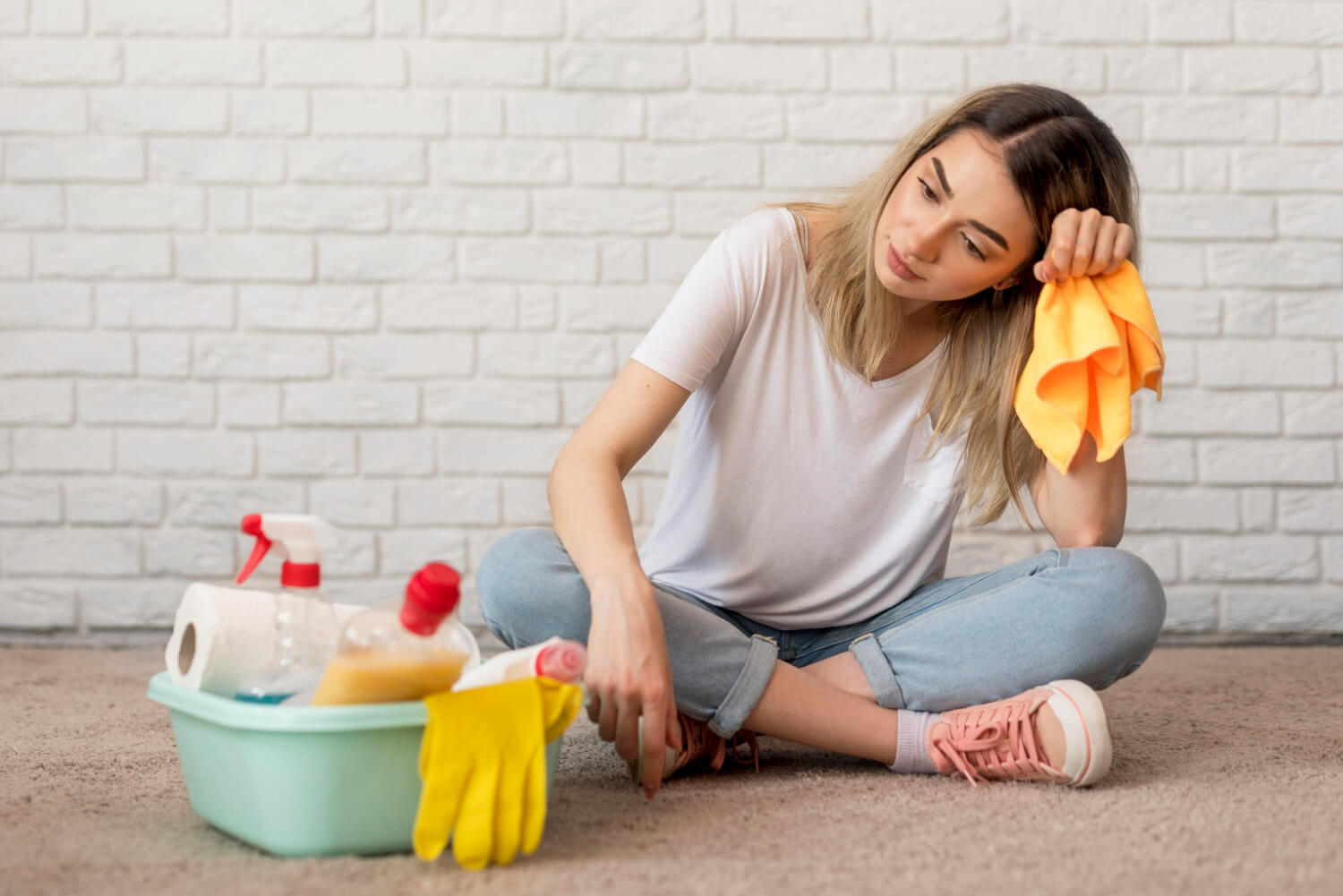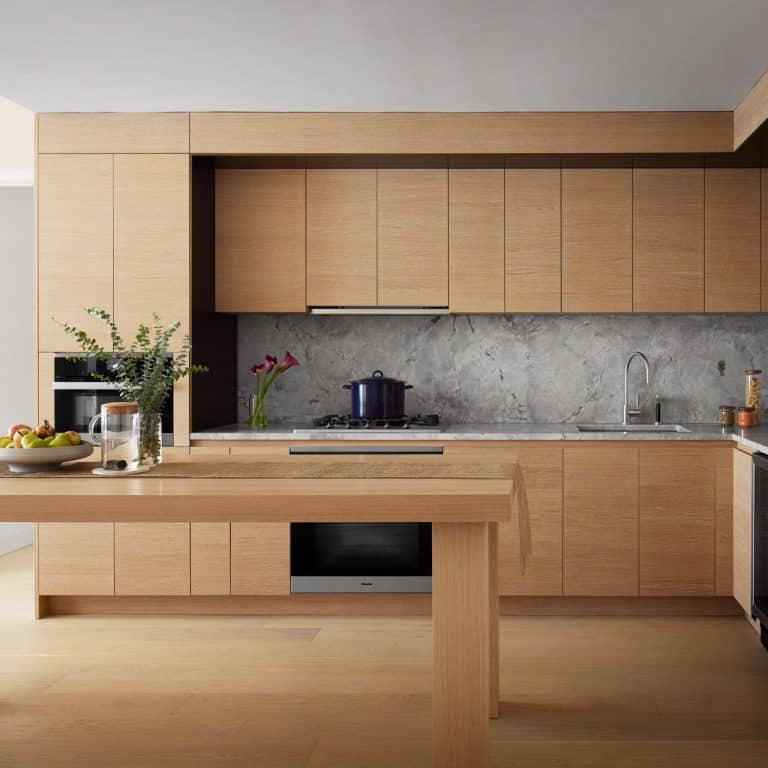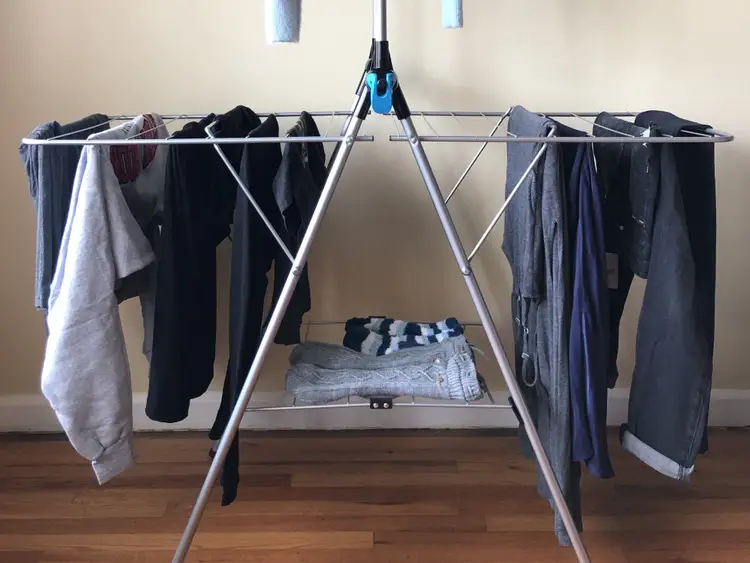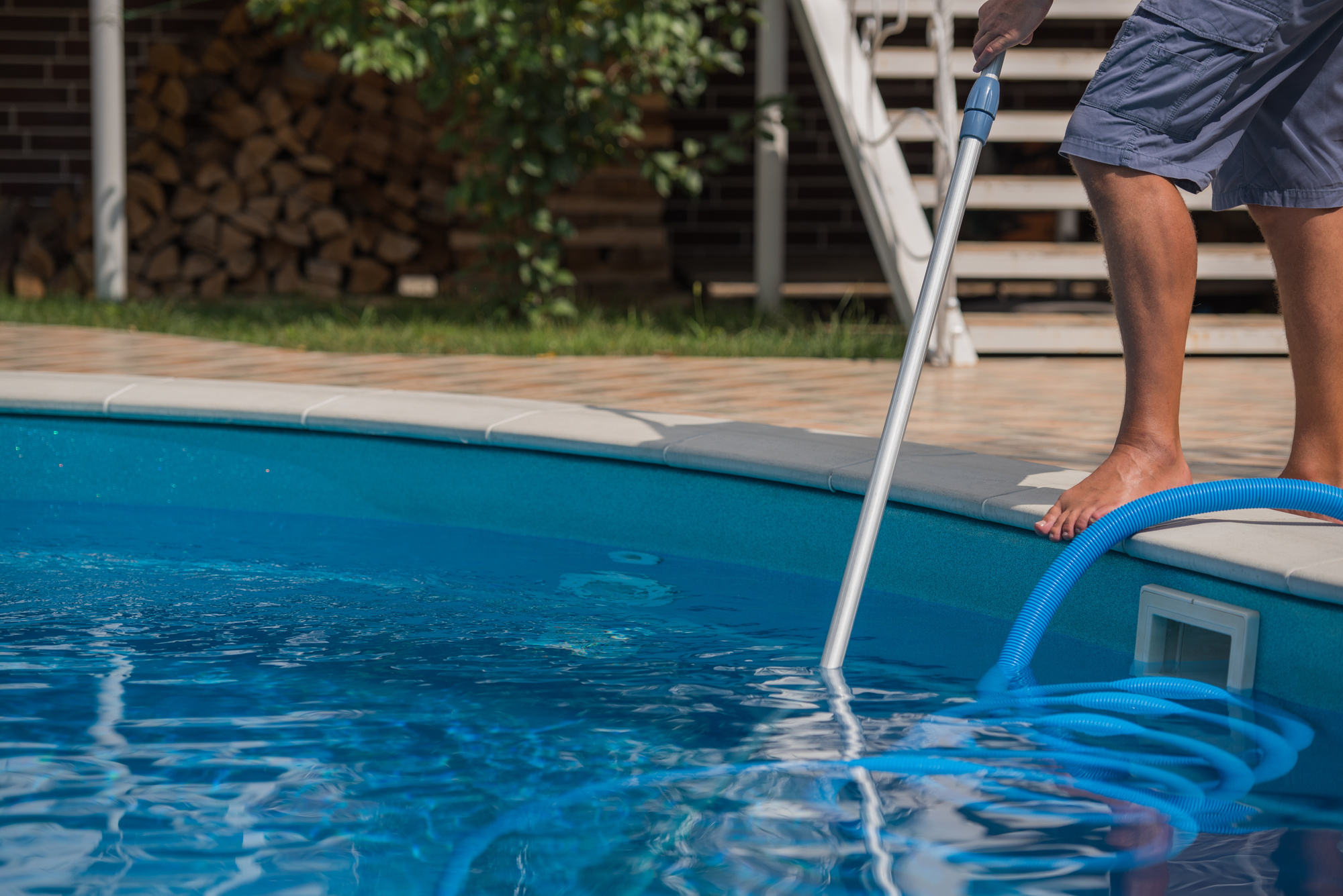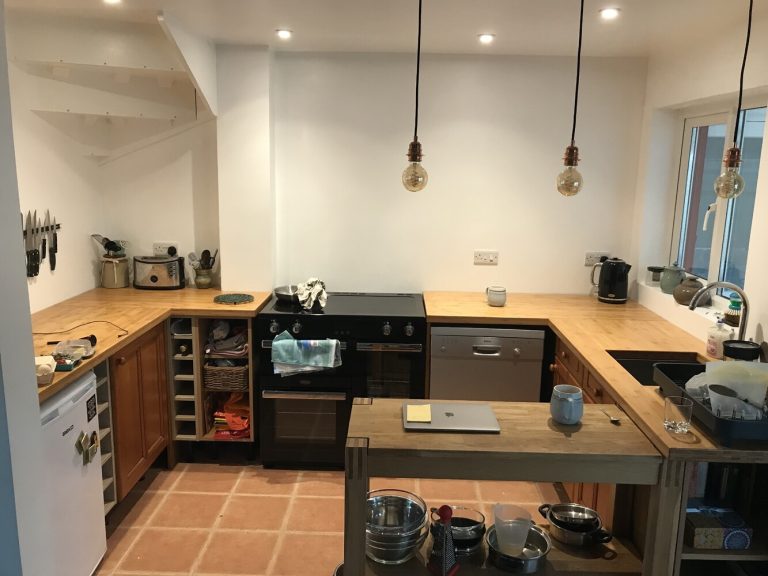Creating Calm with Interior Design
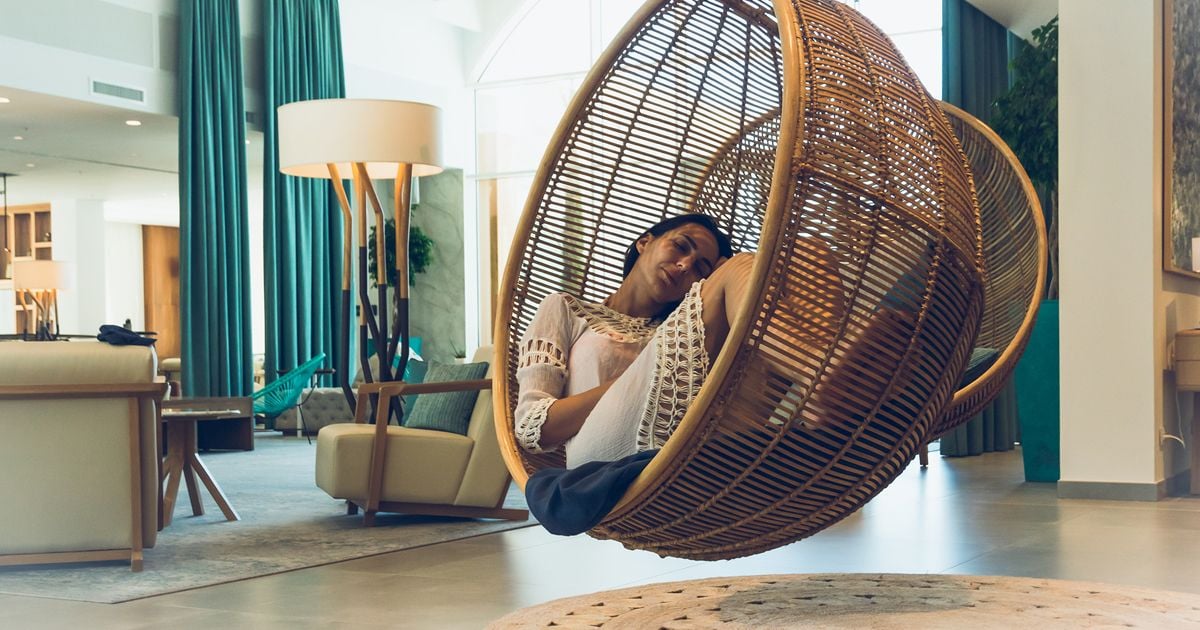
Table of Contents
Your surrounding environment can have a huge impact on your overall well-being. If you find it hard to relax and often feel stressed at home, you may be surprised to discover that your home furnishings could be a contributing factor.
It is important that you view your home as a place where you can feel safe and relaxed and investigating your options concerning interior design can have a substantial impact. The good news is that there are lots of ways to create calm through interior design and this post will look at a few of the most effective ways to do this.
How Environment Affects Mental Health
Primarily, it is helpful to look at how your environment can impact your mental well-being. Environmental factors can have a psychological impact on individuals, such as too many stimuli through forms of clutter or mess space creating feelings of stress and anxiety.
It’s also worth considering your living conditions, for example, overcrowding can leave you feeling that you have a lack of privacy. Even the level of maintenance of the home itself, such as paintwork or old, stained carpets can prevent your home from presenting itself as a welcoming environment.
Additionally, sensory factors like lighting, smell, sounds and even temperature can impact how you feel at any given moment.
So, how can you use interior design to create a calming environment at home?
Colour Schemes
One of the most effective ways to create calm in the home is to use the right colours. Colour psychology shows that light, neutral shades can help to have a calming effect and can also work well in the home because they can create the illusion of more space. Consider experimenting with whites, creams and pastel shades such as blues or lilacs, all of which are effective mediums for calm in your home.
Minimalism
As mentioned before, cluttered spaces can come across as overstimulating and lead to heightened levels of stress and anxiety. Therefore, it is helpful to adopt a minimalistic look through channelling such as ‘Essentialist’ or ‘Eco-minimalist’
in the home. Having sleek storage systems like fitted wardrobes can help to create decluttered spaces as well as create more space in your bedroom.
Bring in Nature
Spending time in nature is known to be good for mental health, so it makes sense that bringing nature into the home can create a more calming atmosphere. Plants and flowers such as lavender, Jasmine, Camomile or Aloe Vera can brighten up the home whilst adding visual interest as well as encouraging a peaceful atmosphere.
Lighting
Lighting is how you set the atmosphere in any space. To create calm, you should replace any harsh, overhead lighting with softer lighting. Installing dimming light switches can give you greater control over adjusting the lighting to suit your needs throughout various moments of the day. Additionally, natural light is important for physical and mental well-being, so you want to try and maximise natural light in the home with light colours, mirrors and skylights.
Furniture
Obviously, you need to be able to relax in the home so you need to have furniture that is both practical and comfortable. Tying your furniture into your neutral colour schemes can help you to feel part of the relaxing environment that you are aiming to create.
It is also worth noting that you can always find items second-hand that will make furnishing the home more affordable. Looking at experimenting with upholstery fabrics that match your calming colour palettes or even try gentle accent patterns that can give you a natural stimulus without making the room look too ‘busy’ or overcrowded.
Personality
Finally, You also need to make the space feel like your own by adding personality. Photographs, artwork, ornaments and bookshelves filled with books, DVDs, CDs etc can all add personality and make any space feel like home.
Hopefully, this post will be informative and inspire you to make a few positive changes to your home to create a calm and peaceful environment.

